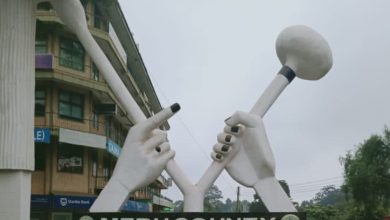Odyssey of Gakoromone Market: A saga of resilience, relocation and redemption
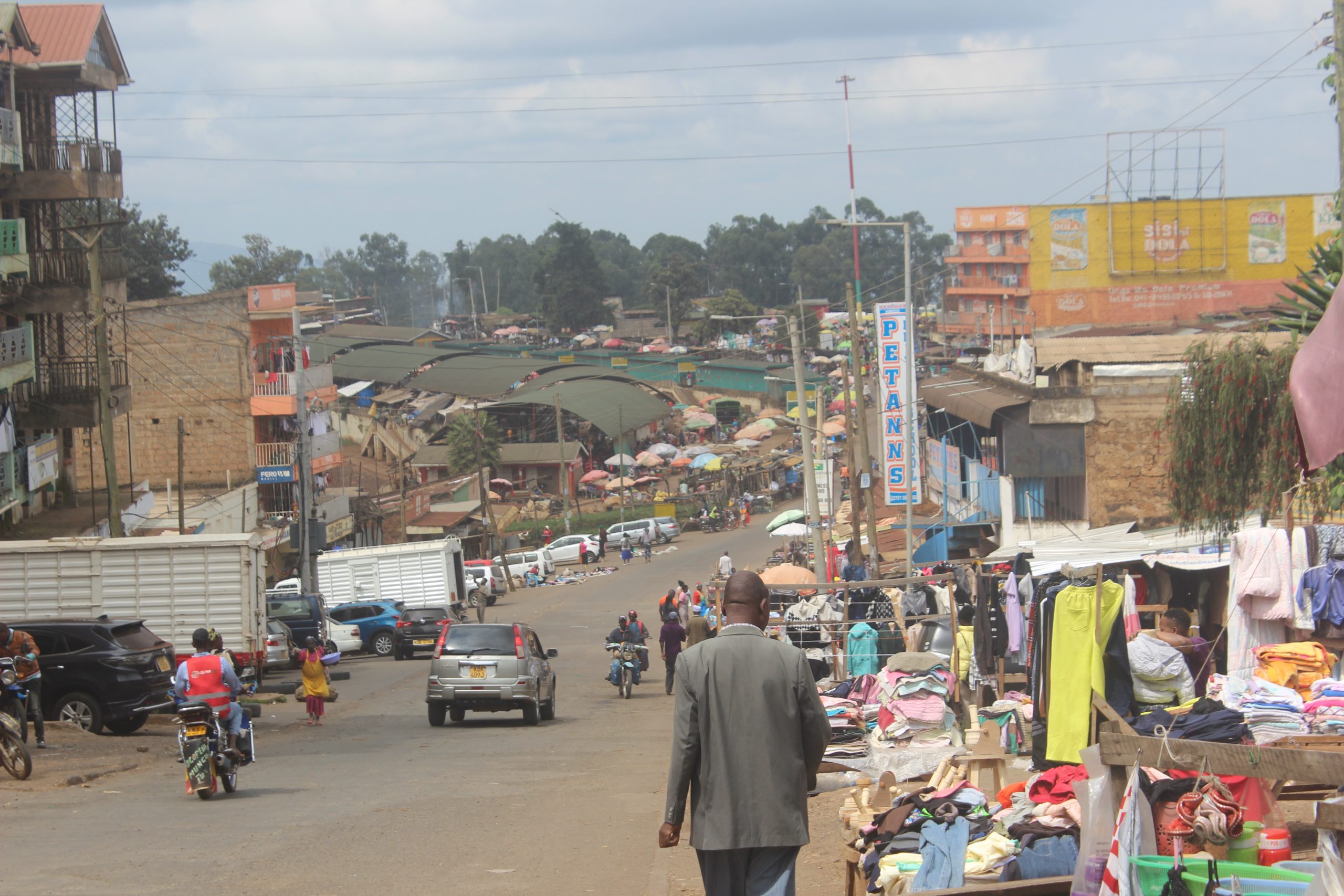
By Harun Mugambi
As the sun rises over Gakoromone, it illuminates more than just produce. The vibrant trade hub, located 14-minute walk distance from the Meru-Nairobi highway via Njuri Ncheke Street, illuminates stories of struggle, triumph, and the unbreakable bond between community and commerce. In a spiritual world religious leaders would consider the market a testament to perseverance and resilience.
The market thrives, not merely as a place of transactions, but as a living embroidery woven by countless hands, each thread contributing to its vibrant narrative. Its legacy, etched in the soil, whispers to all who pass by: ‘Here, amidst the stalls and the laughter, we endure’.
This bustling agricultural hub has witnessed decades of transformation, from humble beginnings to its current status as one of East and Central Africa’s largest open-air markets. However, the journey towards this milestone was not without its challenges. The traders faced numerous hurdles, including being relocated several times
The story of Gakoromone Market traces back to the 1930s when it first sprouted in the Mwendantu area a serene location in Imenti North Sub-County, Meru County.
Wise souls like Muthoni wa Stanley, a 72-year-old lady and Monica Ntinyari, a 62-year-old woman were among the first to set up shop in the bustling market. Their wrinkled hands tell tales of hard work and laughter shared under the sun. As years passed, Muthoni and Ntinyari became the market’s beloved veterans, sharing their wisdom with the younger traders.
The two elderly traders, their eyes filled with memories, recount those early days of makeshift stalls, the lively banter, and the camaraderie that bound them together. Back then, the market lacked permanent structures, but its spirit was unwavering. Muthoni reveals that their market danced between locations until finally finding its current spot next to the Juakali area.
Muthoni recalls how they were forced to relocate from Mwendantu to Marigiti, near the current Meru sewerage system in 1971.
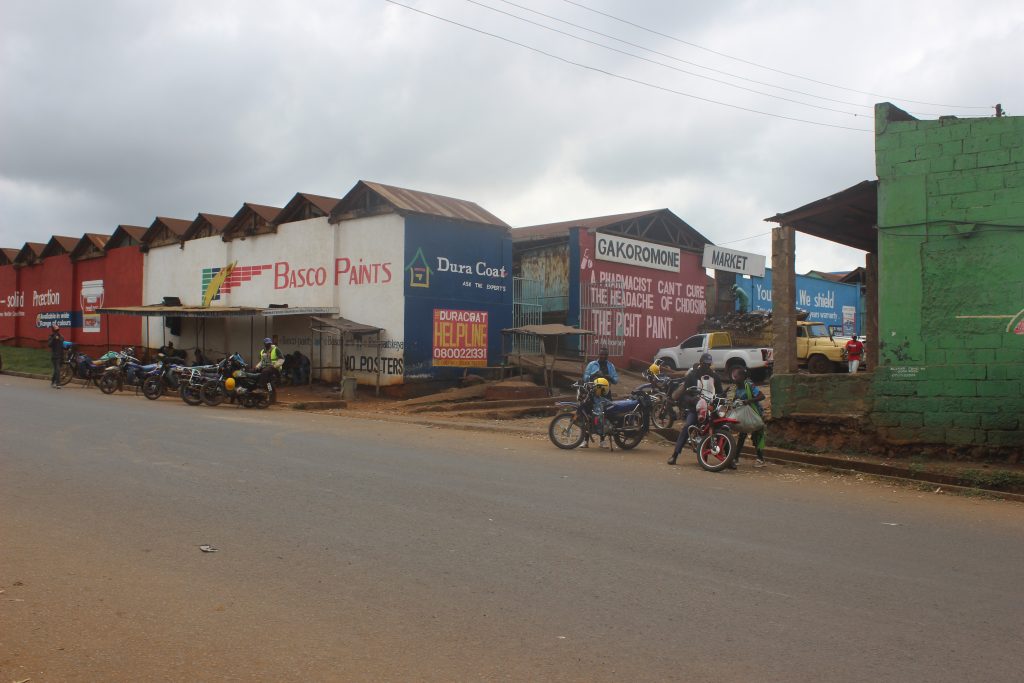
Mr Nathan Mwenda, a 72-year-old elder and former Councilor, highlighted the issue of overcrowding among traders in the Mwendantu area. Mwenda says the limited space available, prompted the Municipal Council to purchase land in Marigiti and Juakali area which is the current spot that is occupied by Gakoromone Market.
“The land that was once bushy in the 1930s transformed into a bustling hub of commerce by 1971 with the help of the Municipal Council and renowned leaders like Jackson Angaine, known to many as ‘M’angaine’ who was the minister for lands and settlement in Mzee Jomo Kenyatta Government,” Mwenda narrates.
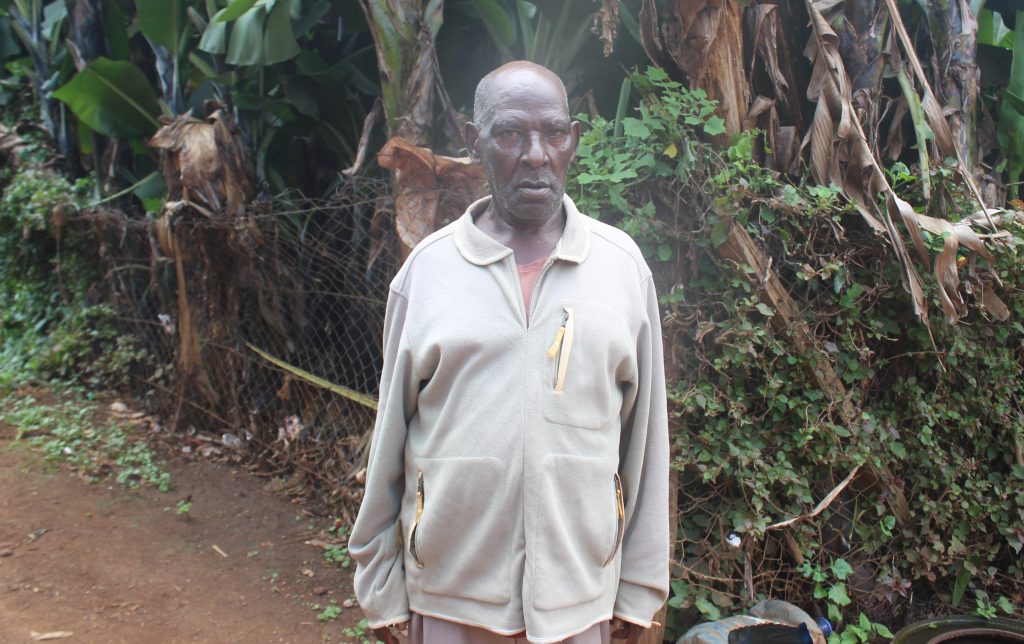
However, as the need for a more structured market grew, construction work prompted another relocation, sending the traders back to Mwendantu in 1975.
“In 1975, the market was temporarily moved back to Mwendantu to pave the way for the construction of a new market, that was dubbed Marikiti.” Former Councilor Mwenda recounts.
Their stay at Mwendantu was short-lived as they found themselves on the move again in 1979. This time Gakoromone found a temporary home near the Juakali area, adjacent to its current location. The market danced to the rhythm of change, adapting to the needs of its growing community. A faction of the traders chose to set up shop in Marikiti, while others opted to spread around the Gakoromone open-air market.
As the number of traders increased in the 1980s, the market expanded, stretching to the neighbouring Juakali area.
Ntinyari whose boutique shop until today brims with modern and trending fashioned clothes and whose laughter echoes through the narrow alleys of Gakoromone was no exception to the new life and changes in the market after relocation.
Her tales of triumph and tribulation in the world of trade have become the stuff of legend, inspiring both young and old to persevere in the face of adversity.
Ntinyari was not however shy to narrate how the municipal council stipulated stringent time rules in the new Gakoromone open-air market.
“The Gakoromone open-air market, initially regulated by the municipal council, allowed trading only until 11 AM, after which cabbage and tomato sellers had to return to Marikiti. However, due to the overwhelming influx of traders, the Municipal council eventually permitted day-long usage of the market,” she recounts.
She reveals that Gakoromone Market remained an open-air market, resilient but exposed to the elements for decades.
It wasn’t until 2013 during the tenure of former President Mwai Kibaki, that change swept through. Sheds-sturdy and protective sprang up, sheltering traders from rain and sun alike. The market transformed, donning a modern facade while retaining its soul.
This transformation not only provided a sense of stability and security to the traders but also solidified Gakoromone Market’s reputation as a beacon of commerce and community in the region.
By 2014, the traders began their businesses in the refurbished open-air market that had several sheds courtesy of President Kibaki.
Muthoni’s smile was impossible to conceal as she recounted how the sheds sheltered their businesses enabling her to sell bananas in peace.
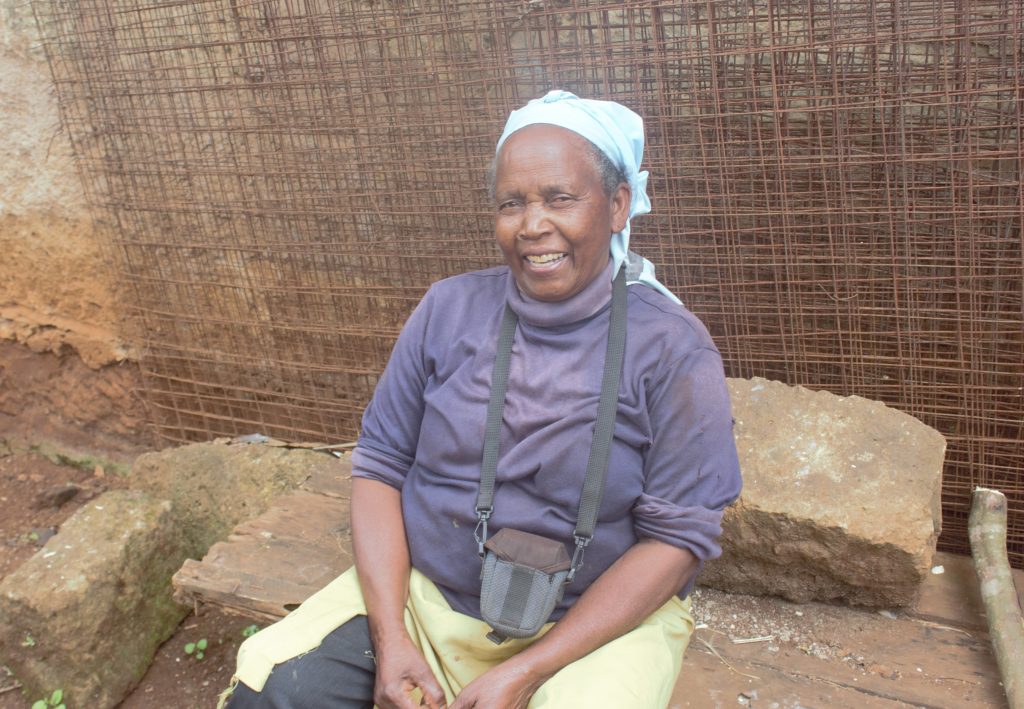
“I had no more worry about the weather. It was a fresh start for all of us. I was able to vend my fruits without any hindrance,” she reflects
Gakoromone boasts the widest variety of agricultural produce in Meru County. From plump tomatoes to fragrant pineapples, the market overflows with freshness. Traders, hailing from every corner of Meru and neighbouring counties, converge here, creating a vibrant mosaic of cultures and flavours.
According to Muthoni, the heart of Gakoromone still beats with tradition. Generations have bartered, laughed, and shared stories within its bustling aisles. The elderly traders, their faces etched with wrinkles and wisdom, embody the spirit of continuity.
Stella Kawira, a loyal customer, extols the market’s virtues. “I often shop for fruits, vegetables, and cereals at Gakoromone,” she says. “Affordable and fresh from the farm.”
The market bridges the gap between affordability and quality, a delicate balance that keeps patrons such as Muthoni and Ntinyari returning.
Despite the perseverance of the veteran traders for decades and the changes that led to creation of the Gakoromone Market challenges persist. Drainage woes plague Gakoromone during rainy seasons, and economic hardships cast shadows over the stalls.
Traders, like Ntinyari, grapple with fluctuating fortunes. But their resilience remains unyielding.
“Historically, the market has struggled with limited trading hours and frequent relocations, disrupting the flow of business and causing inconvenience for traders. Today, issues such as overcrowding, inadequate infrastructure, sanitation problems, and competition from modern supermarkets and other outlets exacerbate the difficulties faced by vendors. These persistent challenges hinder the market’s potential and affect the livelihoods of those of us who have been depending on it,” Ntinyari explains.
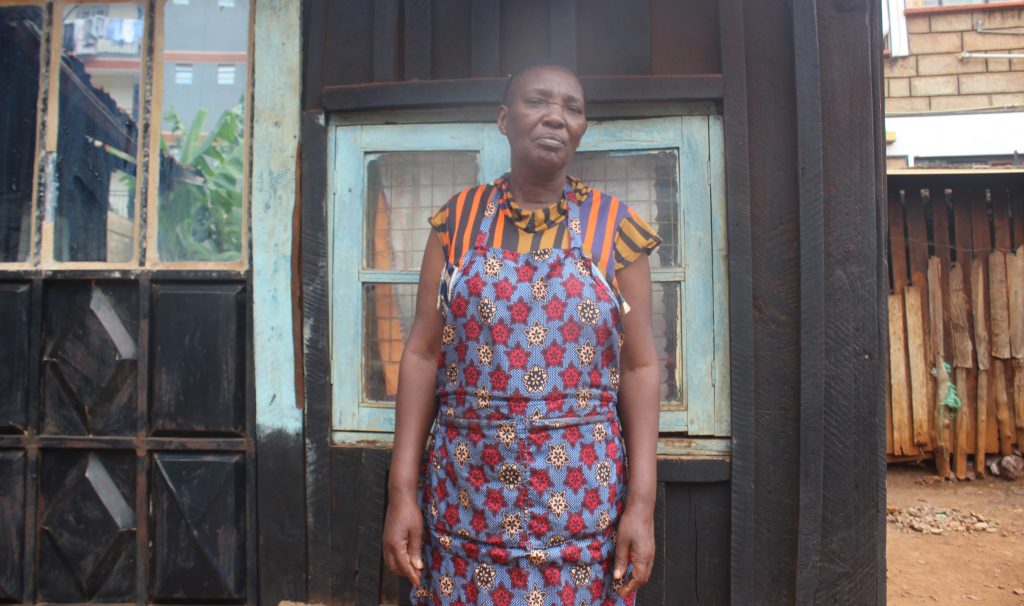
Her sentiments depict a dire picture of the economic hard times that traders grapple with in their daily activities in the market.
Gakoromone Market stands today as one of the biggest markets in Meru County, its journey mirroring the resilience and adaptability of its traders.
As the sun sets over Gakoromone Market, casting a golden glow over the vibrant chaos of stalls and voices, one thing is abundantly clear -the spirit of community, resilience, and unwavering determination that pulsates through the veins of this market will endure for generations to come. And in the faces of Muthoni, Ntinyari and Mwenda the Storyteller, the soul of Gakoromone Market lives on in all its thrilling glory.




